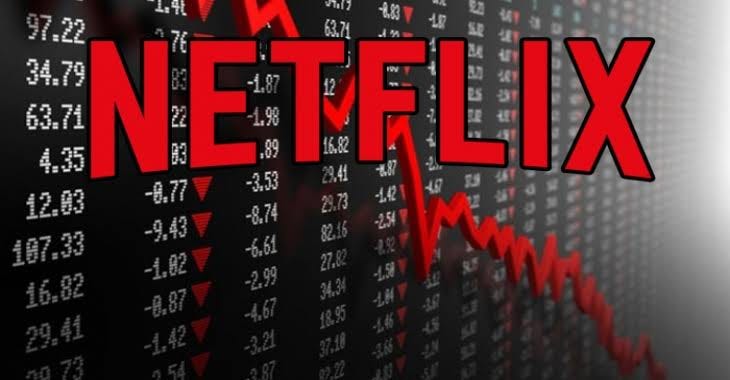Netflix Seems To Think It Can Get Top Dollar For It’s Stale Ad-Supported Tier
To no one’s surprise, Netflix continues to make more bad business decisions
After two consecutive quarters of losing paid subscribers, Netflix is now looking to charge brands to advertise on its upcoming ad-supported tier (expected to cost $7-9/month).
Netflix is looking to charge advertisers premium prices — hoping to command a whopping $65/1,000 viewers. This is substantially higher than what the vast majority of streaming platforms charge for their ad-supported tiers.
It’s also much higher than what advertisers will pay on other channels of advertising:
On U.S. Cable Television, advertisers will typically pay an average of $20/1,000 viewers
On YouTuber, advertisers can expect to pay an average of $13/1,000 U.S. views
Furthermore, Netflix is demanding advertisers commit to a year-long upfront contract and will also cap the amount any one brand can spend at $20 million annually. Netflix believes that it will eventually be able to charge advertisers $80/1,000 viewers — though industry insiders remain sceptical if this will ever happen.
Will It Be Enough To Turn Around Netflix’s Fortunes? No.
I remain largely pessimistic about Netflix’s plans for its upcoming lower-priced ad-supported tier. The executives at Netflix have opted to go for an approach that’s completely lacking in innovation; recreating the same old and traditional ad models, while also charging advertisers a premium for the privilege.
Netflix justifies this premium by claiming that advertisers will be able to target specific sets of users with their ad placements.
I can’t help but think, however, that any data points Netflix might have about its customers will be dwarfed by Google’s YouTube. In other words, I don’t doubt for a second that Google’s YouTube will be able to deliver superior ad targeting for advertisers than Netflix ever will.
In my opinion, a better alternative would have been for Netflix to pursue product placements with lucrative brands.
Imagine Netflix leveraging the near-universal popularity of a show like Squid Game to promote a product/service that just happened to tie in smoothly with the show’s storyline.
After all, the best ads are the ads that viewers want to watch (Ryan Reynolds advertising his various business ventures as standalone videos on YouTube immediately comes to mind).
Lying at the cross roads of film, pop culture, and social media, Netflix had the opportunity to opt for a fresh approach.
However, it chose a stale approach instead.
Unsurprising? Probably.




